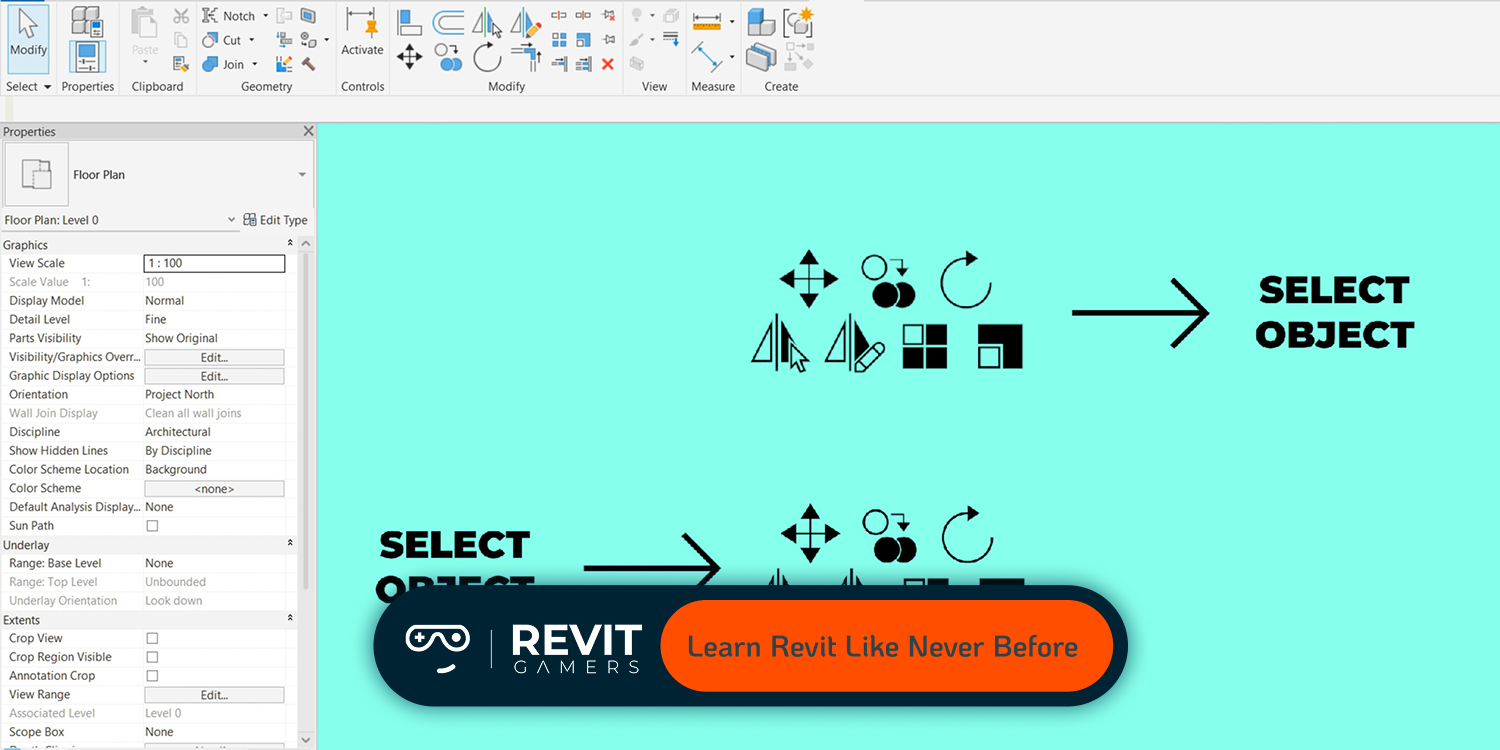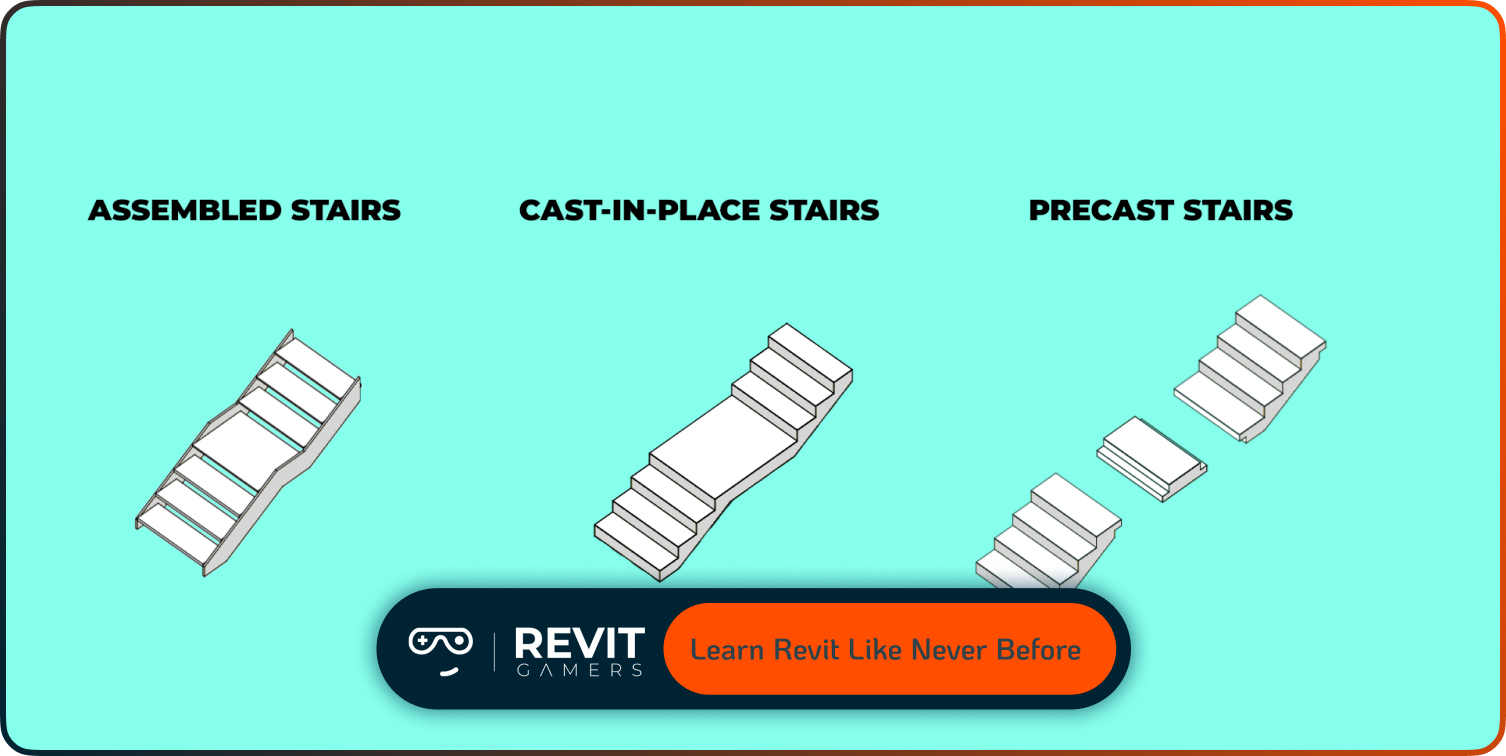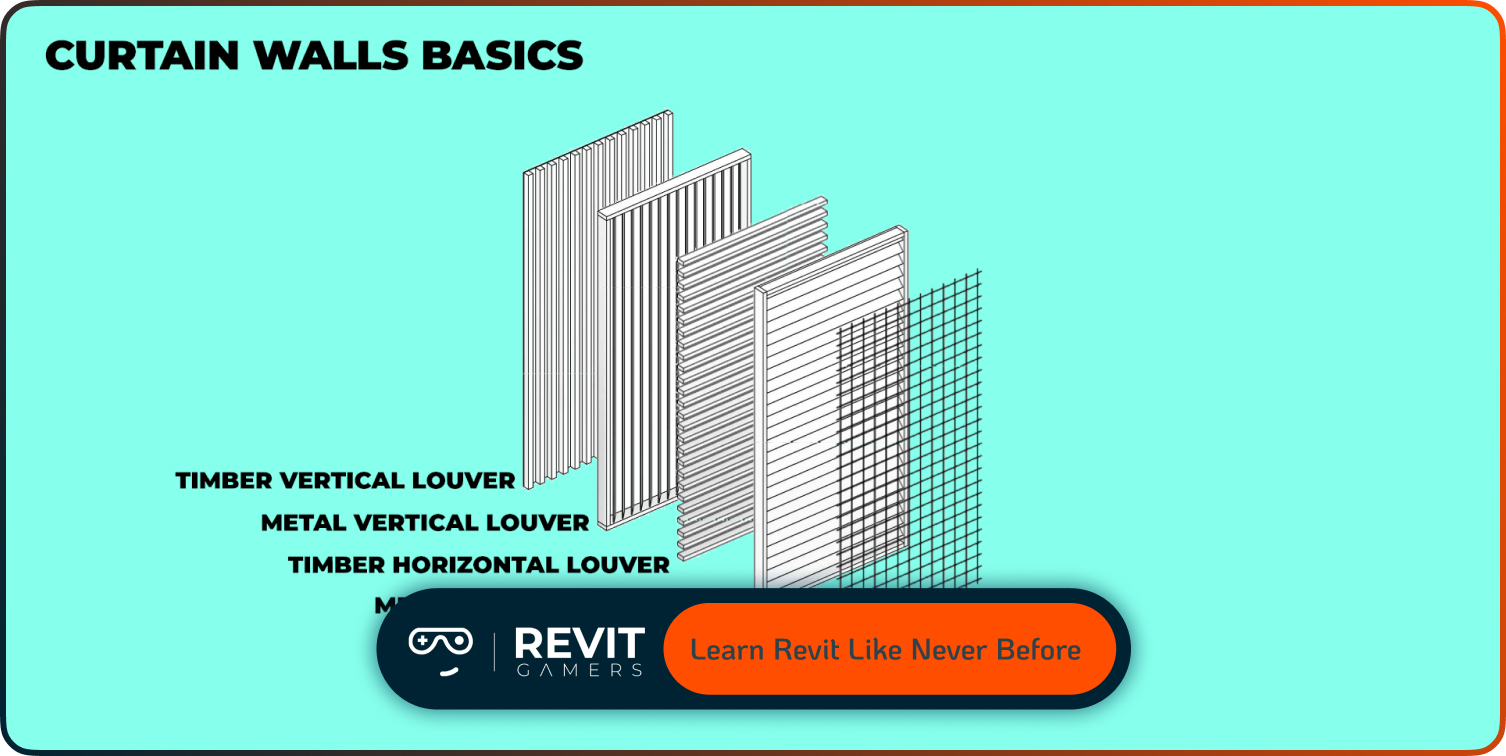News & Events
How to Implement BIM with Revit: Complete Beginner Guide
- August 21, 2025
- Posted by: bita
- Category: blog

Understanding how to implement BIM project management software means recognizing the synergy between process and platform. This guide is designed to help beginners connect the dots between BIM methodology and Revit’s powerful capabilities. Whether you are an architect, engineer, or project manager, following these steps will help you integrate BIM into your projects effectively. From setting clear objectives to leveraging cloud collaboration tools, we will explore practical workflows that make the integration smooth, efficient, and scalable for any project size.
Learn more: Fix Revit Errors: Most Common Problems and How to Solve Them
BIM vs. Revit: Understanding the Difference
One of the first steps in learning how to implement BIM project management software is understanding that BIM is not software—it’s a collaborative process supported by digital tools. BIM focuses on managing data and workflows across a project’s lifecycle, from concept design to construction and facility management. Revit is a BIM-enabled software developed by Autodesk that provides the environment to create intelligent 3D models and connect project information in one platform.
While BIM sets the framework for collaboration, Revit executes it by enabling accurate geometry, parametric components, and data integration. Think of BIM as the “what” and “why” of project management, and Revit as the “how.” By clarifying this distinction, beginners can approach implementation more strategically, ensuring that both the methodology and the tool are used to their full potential. A strong grasp of these roles will prevent common misconceptions and set the stage for effective BIM adoption in any project environment.
Defining Project Goals and Assembling the Right Team
Successful BIM implementation in Revit begins with clear objectives. Start by defining the purpose of the project—are you focusing on design accuracy, construction coordination, or lifecycle management? This clarity determines how to set up your how to implement BIM project management software strategy. Next, assemble a multidisciplinary team that includes architects, engineers, contractors, and project managers. Each member must understand their role in the BIM process and be trained in Revit workflows.
Developing a BIM Execution Plan (BEP) at this stage ensures everyone follows the same guidelines for modeling standards, data entry, and collaboration protocols. The BEP should outline file formats, naming conventions, review cycles, and coordination methods. A well-prepared team combined with a detailed execution plan creates a foundation for efficient work, minimizes errors, and ensures consistent quality across the entire project lifecycle. This stage is crucial, as the quality of preparation often determines the success of BIM integration in real-world projects.
Learn more: Free Revit Tutorial: How to Get Started Today
Setting Up Your Common Data Environment (CDE) and Standards
A Common Data Environment (CDE) is the central hub where all project data is stored, shared, and managed. For effective BIM integration in Revit, the CDE should support live collaboration, secure access, and version control. Popular solutions include Autodesk Construction Cloud (formerly BIM 360), which integrates seamlessly with Revit.
Setting up your CDE involves more than just cloud storage—it requires standardization. Define clear file-naming conventions, folder structures, and data formats such as IFC for interoperability. Compliance with ISO 19650 or similar standards ensures that your how to implement BIM project management software strategy aligns with industry best practices. Regularly audit your CDE to maintain data accuracy and avoid outdated information circulating among teams. A well-managed CDE not only streamlines communication but also supports transparency and accountability across all stakeholders, making it a cornerstone of professional BIM implementation.
Essential Tools: Revit and Project Management Software Integration
While Revit is central to BIM modeling, pairing it with the right project management software can unlock its full potential. Tools like Navisworks enable advanced clash detection and 4D simulations, while platforms like Revizto support issue tracking and real-time collaboration. OpenProject BIM offers scheduling and task management features that complement Revit’s modeling capabilities.
Integrating these tools into your workflow bridges the gap between design and execution, aligning with the core principles of how to implement BIM project management software. The choice of tools should be guided by your project’s complexity, size, and collaboration needs. Ensuring seamless data exchange between Revit and project management platforms helps maintain a single source of truth, reduces rework, and keeps all stakeholders aligned with project goals. A well-chosen tech stack is a force multiplier for efficiency in BIM-driven projects.
Learn more: Guide to Standardize Your Company’s BIM Workflow
Step-by-Step: Executing BIM Workflows in Revit
Implementing BIM workflows in Revit follows a logical progression. Begin by setting up a project template that includes predefined views, sheets, and parameters aligned with your BEP. Next, establish levels, grids, and reference planes for accurate modeling. As you build the model, use parametric families to ensure data consistency and interoperability.
Activate worksharing to allow multiple team members to collaborate simultaneously on the same model. Incorporate clash detection tools like Navisworks or Revit’s own interference check to identify and resolve conflicts early. Regularly sync with the CDE to keep all team members updated with the latest information. This step-by-step approach ensures that your how to implement BIM project management software plan moves from theory to practice smoothly, minimizing delays and optimizing coordination throughout the project lifecycle.
Collaboration and Communication Best Practices
Collaboration is at the heart of BIM’s value proposition. In Revit, worksharing allows multiple contributors to work on the same model while maintaining a controlled environment. Use cloud-based collaboration to connect dispersed teams in real time. Issue tracking tools like Revizto or BIM 360 Docs can be integrated to manage design changes and requests effectively. Establish a consistent communication protocol—whether through weekly coordination meetings or automated reporting—so that no updates are missed. Clear communication channels help keep how to implement BIM project management software efforts aligned with project milestones. By fostering transparency and encouraging proactive information sharing, teams can prevent bottlenecks, reduce misunderstandings, and ensure every stakeholder is working with the most current data.
Quality Control and Continuous Improvement
Quality control in BIM-Revit projects involves regular model audits, data validation, and clash resolution. Schedule periodic checks to ensure the model adheres to the BEP and industry standards. Utilize Revit’s built-in tools and external validation software to catch errors before they impact downstream processes. Continuous improvement is achieved by gathering feedback after each project phase and integrating lessons learned into future workflows. This cyclical approach strengthens your how to implement BIM project management software strategy, ensuring it evolves with technology advancements and team capabilities. By committing to high standards and adaptability, you maintain data integrity, boost project outcomes, and build a culture of excellence in every BIM implementation.
Learn more: Animated Revit Training That Actually Makes Sense | Learn Revit the Fun Way
Conclusion: Implement BIM with Revit
Integrating BIM with Revit is a journey that transforms the way projects are delivered. By understanding the difference between process and tool, setting clear objectives, establishing a robust CDE, and using complementary project management platforms, you can fully realize the potential of BIM in your workflow.
Following the steps outlined in this guide provides a practical framework for how to implement BIM project management software successfully, even for beginners. The key lies in preparation, collaboration, and continuous improvement. With the right approach, your first Revit model can evolve into a fully integrated BIM environment that enhances coordination, reduces waste, and delivers exceptional value to clients. Start with these fundamentals, and every project will become an opportunity to refine and strengthen your BIM implementation skills.



